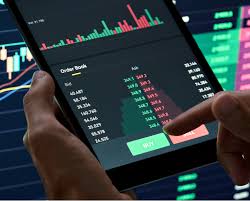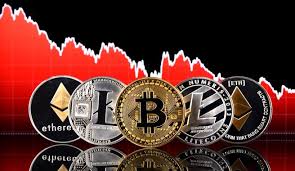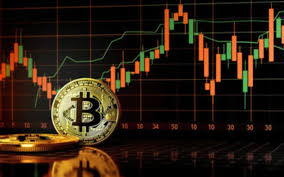
The Significance of Trading Crypto Volume in Modern Markets
In the fast-evolving world of cryptocurrency, trading crypto volume has emerged as a key indicator of market health and activity. Understanding this metric is essential for traders and investors alike. Trading Crypto Volume visit website This article delves into the various aspects of trading crypto volume, its implications for market dynamics, and how to effectively utilize it in your trading strategy.
What is Trading Crypto Volume?
Trading volume refers to the total amount of a cryptocurrency that is traded within a specific period, typically measured in trading pairs. It can represent the number of units traded, the total value of trades, or both. High trading volume often indicates a high level of interest in a particular asset, while low volume might suggest uncertainty or lack of interest.
Why is Trading Volume Important?
The significance of trading volume cannot be overstated; it affects several aspects of trading and market analysis. Here are a few reasons why monitoring trading volume is crucial:
- Market Momentum: Trading volume often correlates with price movements. When the volume increases alongside price increases, it can signify strong market momentum. Conversely, if prices rise but volumes fall, this may indicate weakness and a potential price reversal.
- Liquidity: Higher trading volume usually means greater liquidity, allowing traders to buy and sell assets more easily without causing significant price fluctuations. This is crucial for executing trades at desired price levels.
- Market Sentiment: Volume can be an indicator of market sentiment. An increase in volume during a price rally may indicate bullish sentiment, while high volume during a price drop can reflect panic selling.
- Support and Resistance Levels: Trading volume can help identify price points where the market has historically reversed. High volume at certain price levels can signify strong support or resistance, guiding traders in their entries and exits.

How to Analyze Trading Volume
Effective analysis of trading volume involves qualitative and quantitative assessments. Here are some techniques to consider:
1. Volume Studies
Volume studies often focus on comparing the current volume with historical data. Traders can determine whether the current volume is above or below average, which can provide insights into market activity.
2. Volume Indicators
There are various technical indicators that incorporate volume, such as the On-Balance Volume (OBV) and Volume-Weighted Average Price (VWAP). These tools help traders understand whether they should act on price movements based on volume trends.
3. Volume in Relation to Price

Analyzing how volume interacts with price movements can yield valuable insights. Traders might look for patterns like volume spikes that accompany significant price changes to signal potential entry or exit points.
Caveats and Limitations
While trading volume is a powerful tool, it is essential to remember that it has its limitations. Relying solely on volume can lead to false signals. For instance, a sudden spike in volume may result from market manipulation or news events rather than genuine interest. Therefore, traders should use volume analysis alongside other indicators and holistic market research.
The Future of Trading Crypto Volume
As cryptocurrency markets continue to mature, the role of trading volume will also evolve. Innovations in blockchain technology, trading platforms, and market analytics will enhance the ability to track and analyze volume more effectively. Additionally, as institutional investors participate more in crypto markets, volume metrics could become even more critical in gauging long-term market trends and stability.
Conclusion
In conclusion, understanding trading crypto volume is fundamental for anyone involved in the cryptocurrency markets. By analyzing volume alongside price movements and other indicators, traders can gain deeper insights into market dynamics, enhancing their trading strategies and decision-making capabilities. As always, incorporating a diverse range of analytical tools and strategies will ultimately lead to more informed trading decisions.
